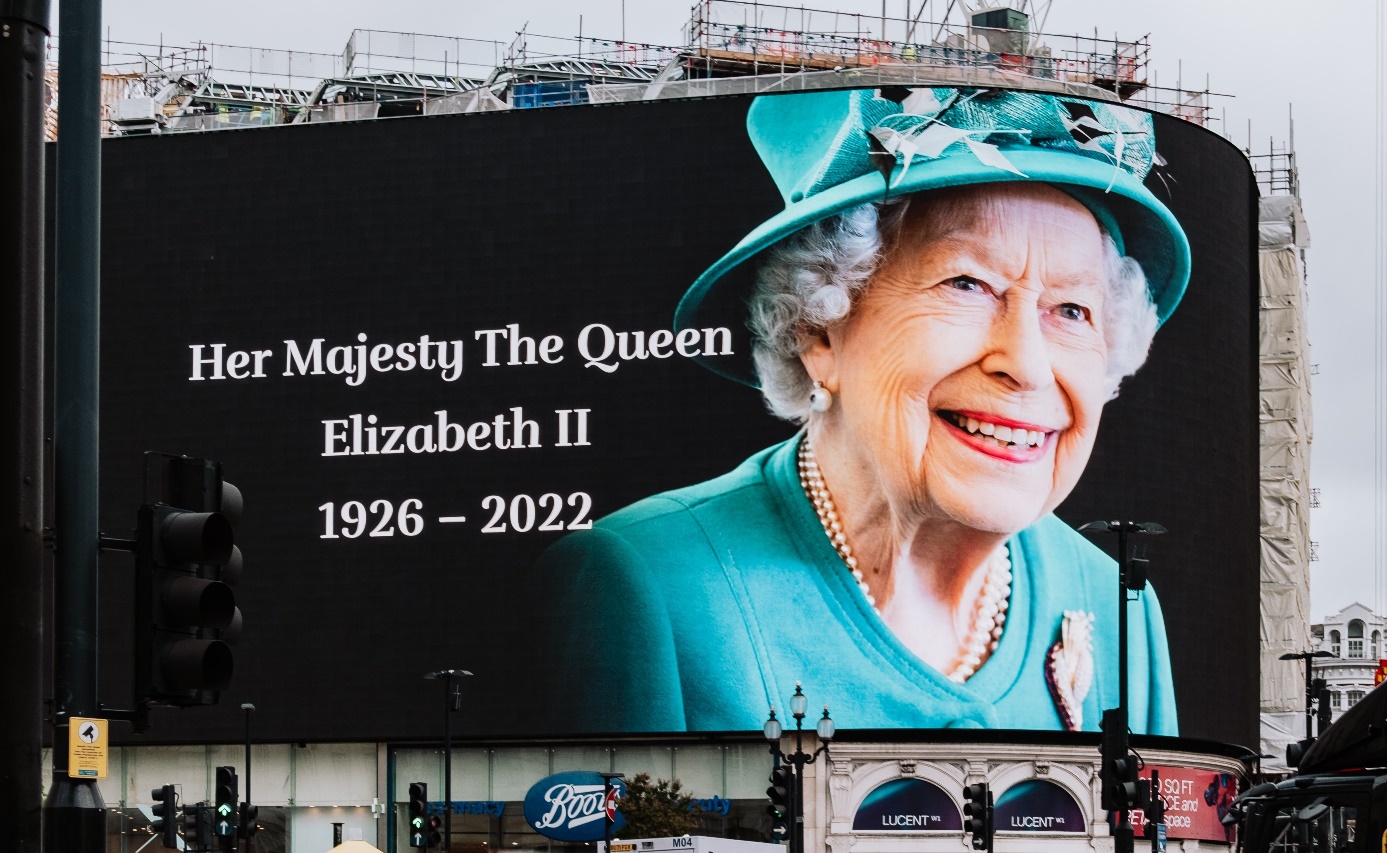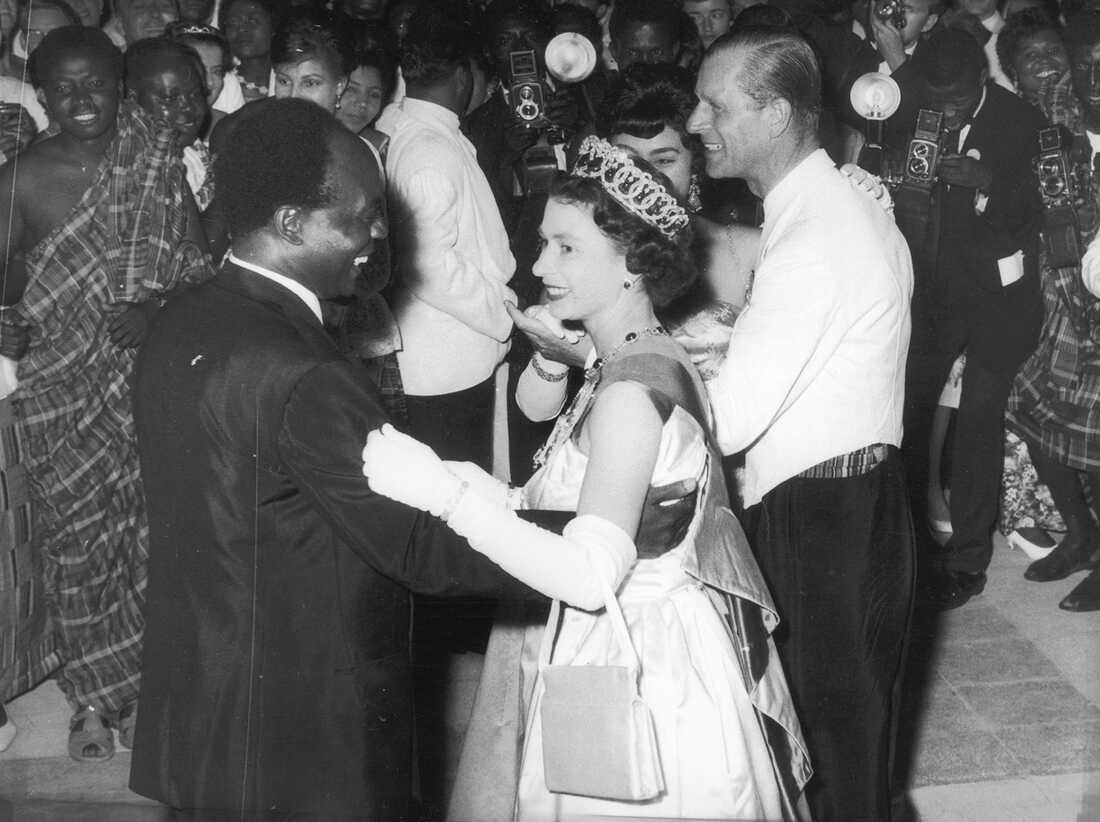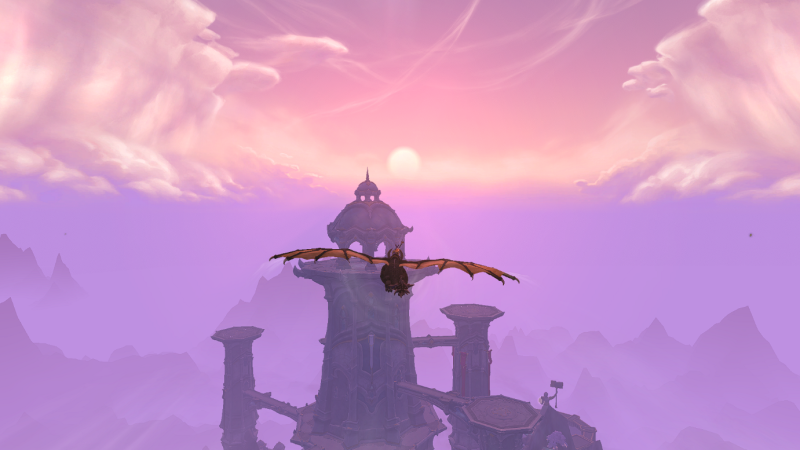Queen Elizabeth II: her life in 10 dates

|
Getting your Trinity Audio player ready...
|
The passing of Queen Elizabeth II on 8 September 2022 deeply shook the world. Many people thought her immortal, and who could blame them? At 96 years old and after a 70-year long reign, she was there during a majority of people’s life, and for many, she was the only British ruler they had ever known.
A British ruler, yet her aura influenced the world around her, so much so that other countries followed the procession and paid their respects as dutifully as the United Kingdom did. Many have described her passing as ‘the end of an era’, and what other word could be used to define such a long reign?
This article will talk about the important dates of Queen Elizabeth II’s life, in an effort to pay one last tribute to one of the grandest monarchs of the modern world.
10 December 1936: Elizabeth becomes heir to the throne
Elizabeth originally wasn’t supposed to become Queen, for she was second in line to the throne after her father when her uncle, Edward VIII, was King.
However, everything changed when the latter abdicated on 10 December 1936, following a constitutional crisis because of his intent to marry a divorced woman. Elizabeth’s father then became King under the name George VI, effectively making Elizabeth heir presumptive.
13 October 1940: Elizabeth’s first speech
In the midst of the UK facing a Blitz during World War 2, Elizabeth, then known as Her Royal Highness The Princess Elizabeth, gave her first public speech, during the BBC’s Children’s Hour on 13 October 1940. At 14 years old, the Princess reached out to the displaced British children, saying that ‘my sister Margaret Rose and I feel so much for you as we know from experience what it means to be away from those we love most of all.’
20 November 1947: Elizabeth marries Philip Mountbatten
Their wedding took place at Westminster Abbey, right after the end of the Second World War. Rationing was still in place, and Elizabeth required ration coupons to buy the material for her dress.
After the ceremony, Elizabeth and Philip made their way to Buckingham Palace, where they waved to the crowd from the balcony, something we saw their grandchild, Prince William, do at his own wedding with Kate Middleton years later.
6 February 1952: Elizabeth becomes Queen
Elizabeth was in Kenya with her husband, Prince Philip, when she learned of her father’s death. King George VI died in his sleep after a battle with lung cancer. Elizabeth was therefore proclaimed Queen, at only 25 years old.
2 June 1953: Elizabeth’s coronation
Elizabeth’s coronation took place at Westminster Abbey, nearly 16 months after the passing of her father, King George VI. The ceremony was broadcasted on the radio, and for the first time, on TV, in 44 languages.
9 – 20 November 1961: Elizabeth’s diplomatic trip to the Republic of Ghana

The former British colony, which gained independence in 1957, got closer to the Soviet Union, and in an effort to reassert the close connexion between the United Kingdom and the Republic of Ghana, Elizabeth went on an official trip in the country, despite the risks. Indeed, the president Kwame Nkrumah had been caught in several assassination attempts. But the Queen’s trip was a success, and the Republic of Ghana is still part of the Commonwealth nowadays. Pictures of the Queen’s dance with Kwame Nkrumah have been seen worldwide.
13 June and 14 October 1981: Elizabeth survives two assassination attempts
On 13 June 1981, during the Trooping the Colour ceremony in London, Marcus Simon Sarjeant, a British man, fired six blank shots at Queen Elizabeth, while she was riding down The Mall.
Again, on 14 October 1981, while the Queen was in Dunedin in New Zealand, Christopher John Lewis, a New Zealander young man, fired in her direction using a .22 calibre rifle he had hidden in an old pair of jeans.
1992: Elizabeth’s Annus Horribilis
It is the Queen herself who qualified 1992 as an ‘annus horribilis’ (horrible year) in a speech she gave on 24 November 1992. Indeed, several scandals and tragedies hit the royal family in 1992:
- The separation of Prince Andrew and Sarah Ferguson
- Princess Anne’s divorce
- The publication of the book Diana: Her True Story, in June, which shone a light on Prince Charles and Princess Diana’s complicated marriage, as well as Charles’ affair with Camilla Parker-Bowles
- The fire at Windsor Castle on 20 November
It therefore wasn’t surprising when she said in her speech that ‘1992 is not a year on which I shall look back with undiluted pleasure.’
17 May 2011: Elizabeth’s historical trip to Ireland
On the invite of then President Mary McAleese, the Queen went to Ireland, accompanied by Prince Philip. This visit was devoted to reconciliation, after centuries of resentment. No monarch had visited Ireland since it had proclaimed its independence in 1921, and the last to do so was King George V, the Queen’s grandfather, in 1911.
2 – 5 June 2022: Elizabeth’s Platinum Jubilee
On 6 February 2022, the Queen became the first British Monarch to celebrate 70 years of reign. As such, her Platinum Jubilee celebrations, which took place from 2 to 5 June 2022, were spectacular. For the occasion, commemorative stamps and coins were issued in several Commonwealth countries. For the first time, every Commonwealth capital lit a beacon to celebrate the Queen’s reign.
The Queen’s appearance on the Buckingham Palace balcony on 5 June was one of her last public appearances before she passed away on 8 September.


